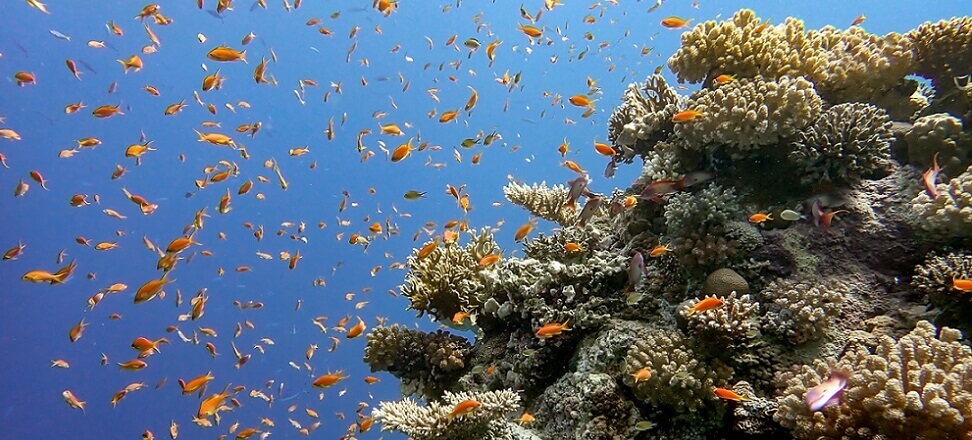At the 37th meeting of the International Coral Reef Initiative, held on October 3, 45 countries pledged a sizable amount of money for the main purpose of their efforts. Protecting corals, which are threatened by, among other things. advancing global warming, will cost more than $12 billion – funds for which will be taken from the public finance pool. What threatens coral reefs and how will they be protected?
Coral conservation will cost $12 billion
This year’s meeting of the International Coral Reef Initiative concluded with an agreement on a coral reef conservation plan for 2023-2030. Forty-five countries around the world will take part in its implementation, including. belongs to Australia. The countries that have pledged their support in its implementation have at the same time pledged a sizable pot of money for this purpose. Coral conservation, for which a not inconsiderable $12 billion will be allocated, is to proceed in multiple tracks and include:
- Doubling the area of reefs under strict protection to 60,000. km2;
- Restoration of protected areas that were previously excluded from protection (more than 10,000. km2);
- Measures to reduce pollution of natural waters, including active cleaning of waters and oceans;
- Introduce regulations, to restrict fishing in coral-rich areas and other activities that may negatively affect their ecosystems.
The plan to protect coral reefs is ambitious and the resources allocated to implement it are impressive. One can only hope that further actions by the man will not nullify the results of the efforts made. Protecting corals is our collective responsibility, and everyone can, in a way, contribute to saving them – all it takes is limiting the use of chemicals, keeping beaches and shorelines tidy while on the water, and learning the so-called “coral conservation”. Reef labels and apply it.
Climate change threatens coral reefs
Corals endure the effects of climate change exceptionally badly. The observed increase in the temperature of the seas and oceans causes them thermal stress, which contributes to their bleaching (expulsion of the algae with which they live in symbiosis) and, consequently, to their extinction. The risk of contracting infectious diseases is also increasing. Declining water levels with global warming, in turn, contribute to sedimentation of sediments that have no outlet and can suffocate corals. The reefs are also threatened by increasingly unpredictable ocean currents, storms and storms. Moreover, the increasing (with increasingCO2 concentration in the atmosphere) acidity of the water makes it difficult for them to grow and reproduce properly. Protecting corals is therefore necessary to minimize the negative effects caused by human activities.
Consequences of global warming – forecasts and data
A 2018 report by the UN’s International Panel on Climate Change projected that if the average global air temperature rises by 1.5 degrees Celsius over pre-industrial values, coral reefs will shrink by 70-90 percent before 2050. Even more pessimistic projections were made for temperatures another half degree higher. Dr. Hoegh-Guldberg, a professor of marine studies at the University of Queensland, mentioned that the world has lost more than 14 percent of its coral reefs over the past decade or so, more specifically since 2009. This means that the UN’s 2018 predictions had a lot of truth in them, and even turned out to be optimistic compared to actual developments.
Coral protection – why is it necessary?
Coral reefs, although they occupy only 1 percent of the world’s coral. the entire surface of the sea and ocean floor, are among the most important ecosystems of our planet:
- They provide habitat for more than ¼ of all species of fish and other aquatic animals.
- They naturally protect shorelines by breaking up waves that are agitated during storms and storms, and thus protect coastal infrastructure.
- In some countries, they bring in billions of dollars in revenue from ecotourism and fishing.
- In island countries, especially those less developed, they are a source of food.
- They are used to produce modern medicines and dietary supplements.
Protecting corals is in everyone’s interest – so it’s no surprise that diplomats from around the world have managed to get involved.
Photo author: Katarzyna Banaszak

 Polski
Polski






